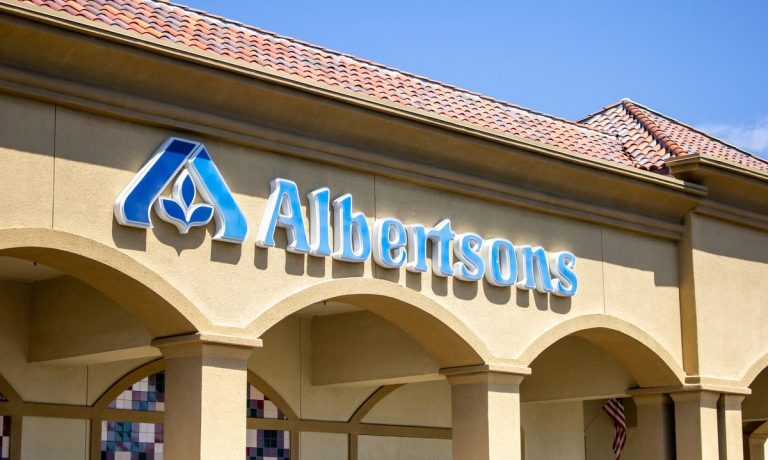Albertsons Expands Smart Cart Test as Grocers Aim to Remove Friction From Self-Checkout

As online grocery adoption rises, brick-and-mortar grocers are challenged to bring the frictionless convenience consumers have come to expect into their physical stores. Many shoppers are growing frustrated with long waits in line to check out with cashiers. As such, grocers are integrating new checkout methods that put consumers in control of their own shopping journey.
Major grocery retailer Albertsons, for one, is expanding its partnership with smart shopping cart creator Veeve, co-founded by Amazon veterans in 2018, to “a few dozen stores” across the United States, the two companies announced Thursday (May 19).
“Veeve Smart Carts offer a sophisticated, yet simple self-checkout experience for people who value flexibility and time savings,” Albertsons Senior Director of Omni Experiences Alyse Wuson said in a statement. “Our goal is to enhance the grocery experience no matter how our guests choose to shop, and Veeve’s technology brings the ease and integration of eCommerce right to the grocery cart.”
Albertsons is far from the only major grocer piloting smart carts. Kroger has been testing out KroGo” smart carts made in partnership with Instacart-owned checkout technology company Caper AI since the start of 2021. In 2020, Amazon announced the launch of its Dash Cart smart cart.
Read more: Kroger Joins Amazon in the Race to Add ‘Smart’ Grocery Carts
Innovations such as smart carts enable grocers to meet consumers’ need to be in control of the purchasing experience. Research from PYMNTS’ September study “Today’s Self-Service Shopping Journey: The New Retail Expectation,” created in collaboration with Toshiba Global Commerce Solutions, showed that the No. 1 reason consumers opt for self-checkout is that they are looking for a quicker purchasing experience, and the second most popular reason is that they do not want to wait in line.
See more: Consumers Want Self-Service Checkout Options but Rarely Get to Use Them
Additionally, one advantage that smart carts provide for grocers is that they enable them to gather data about how consumers move through the stores and which items they interact with. Insights such as these can enable grocers to rethink their store layout informed by more than conventional planogram wisdom devised before businesses had access to this kind of information.
“This is what the next generation of the in-store journey should look like,” Raz Golan, CEO and co-founder of grocery store technology company Shopic, told PYMNTS in an interview. “All these data points are ones that we just couldn’t measure very well until today, and it opens a whole new world of data analytics.”
Read more: Smart Carts Bring Data Analytics Into Grocery Aisles
In addition to smart carts, leading grocers are investing in a range of different next-gen self-checkout options. For instance, Walmart offers own-device scan and go, whereby consumers ring items up with their mobile phones. Additionally, an increasing number of retailers are leveraging options like Amazon’s “Just Walk Out” technology that use computer vision and shelf sensors to enable shoppers to pick items off the shelves and leave the store with them, having the products automatically charged to their accounts.